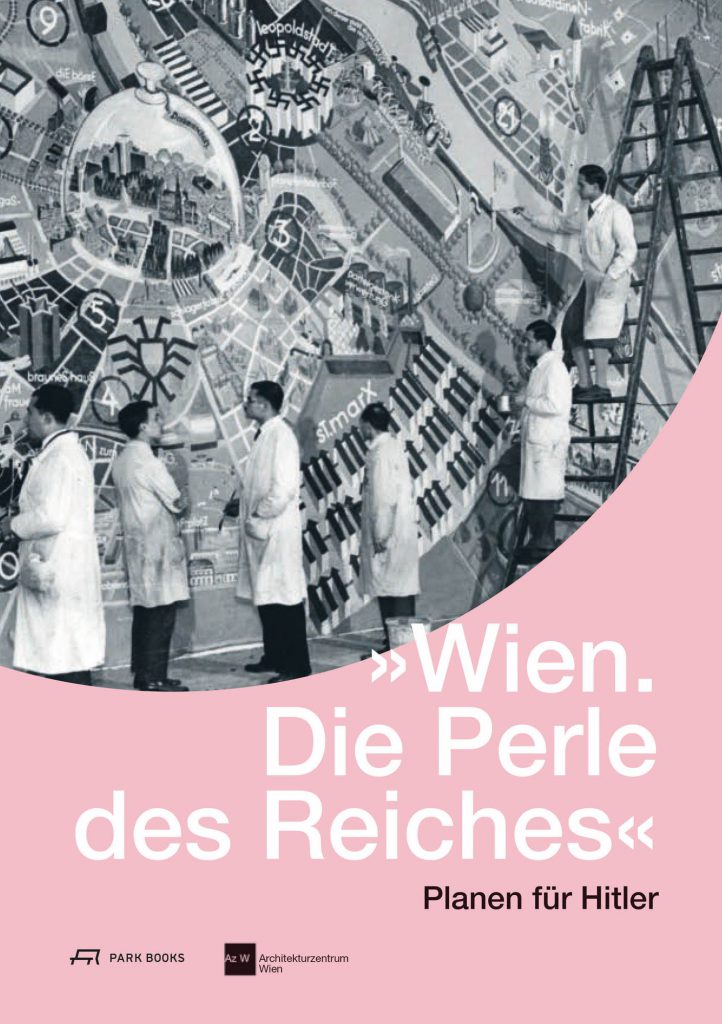
This comprehensive book is dedicated to the Viennese building industry during the National Socialist era. Building and planning activities during the Third Reich using the example of Vienna illustrates the far-reaching connections and interdependencies of the Nazi goals - architecture is instrumentalized for an aggressive expansion policy of the Nazi regime, urban development and spatial planning become the instrument of power for a National Socialist population policy.
48,00 €
incl. 10% VAT plus shipping costs




